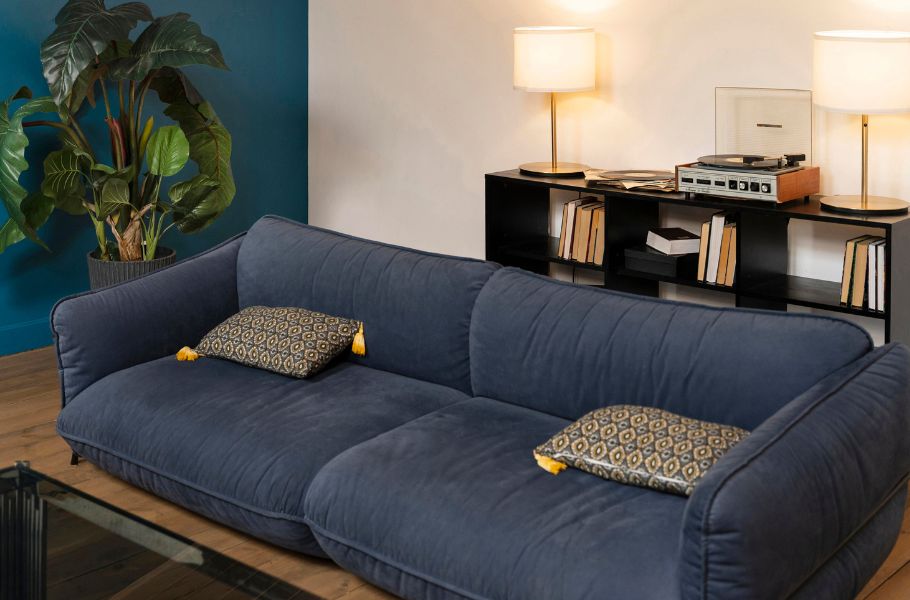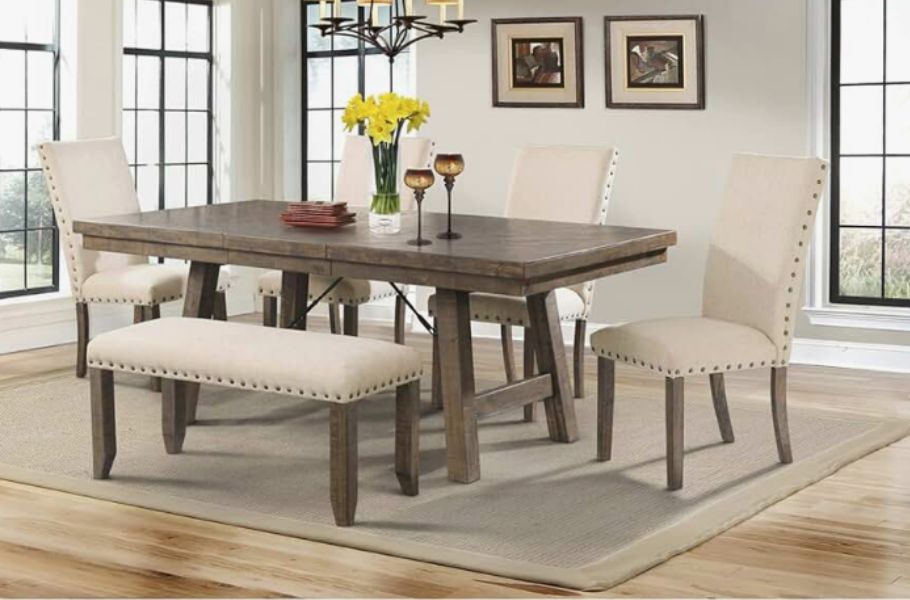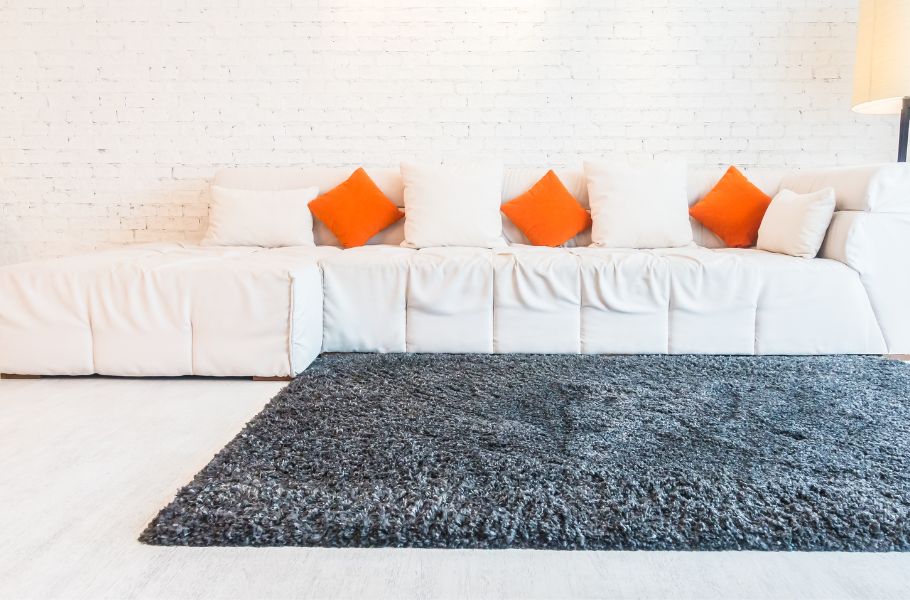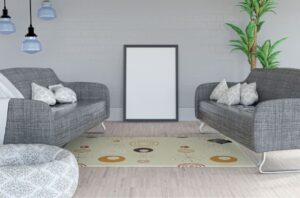Sofa Placement in Living Room – A Gentle Guide to Comfort and Flow
The sofa is often considered the heart of the living room. It’s where we relax, entertain, or simply unwind after a long day. That’s why sofa placement in living room design matters more than we might think. It’s not just about style—it’s about creating a space that feels balanced, open, and peaceful.
In this guide, we’ll gently walk through practical, wellness-inspired tips on how to position your sofa so it brings harmony to your home
1. Start With the Room’s Purpose
Before moving anything, ask yourself what role your living room plays in your daily life. Is it a cozy corner for movie nights? A space for hosting guests? Or a quiet retreat for reading? When you define the purpose, sofa placement in living room spaces becomes more intentional and aligned with your lifestyle.
2. Measure Your Space First
Use a measuring tape to note the length and width of the room. Take note of doors, windows, and walkways. This ensures your sofa doesn’t block movement or natural light. When considering sofa placement in living room settings, every inch matters.
3. Anchor the Room with the Sofa
Place the sofa against the largest wall if possible. This grounds the space and gives the room structure. If the layout allows, floating the sofa slightly away from the wall can add dimension and help define the space more clearly.
4. Keep Walkways Clear
Health and interior design experts alike recommend maintaining at least 2 to 3 feet of space around your sofa for easy movement. Sofa placement in living room layouts should never feel cramped or cause people to shuffle sideways when walking by.
5. Face the Focal Point
What’s the main attraction in your living room? A fireplace? A television? A large window? The sofa should naturally face or align with this focal point. This creates flow and gives the room a sense of direction.
6. Avoid Blocking Natural Light
Try not to place your sofa in front of large windows, especially if it interrupts natural sunlight. Good lighting improves mood, and your living space should feel bright and welcoming. Thoughtful sofa placement in living room designs respects the light.
7. Create Conversation Areas
If your living room is large enough, consider arranging your sofa with chairs or loveseats to form a circle or semi-circle. This promotes easier conversation and a more social setting. Even in small spaces, angled placement can encourage connection.
8. Consider an L-Shaped Layout
For open-plan or smaller rooms, an L-shaped sofa or sectional can maximize seating while using corners effectively. This style of sofa placement in living room spaces keeps the design cohesive without adding clutter.
9. Don’t Push Everything Against the Wall
It might seem like a space-saving idea, but pushing the sofa and other furniture up against the walls can actually make a room feel rigid. If space allows, pull the sofa out slightly—this creates a cozier, more intimate atmosphere.
- Use Rugs to Define the Area
A rug under your sofa can ground the space visually and separate the seating zone from other parts of the room. Ideally, the front legs of the sofa should rest on the rug. This design detail helps tie everything together.
11. Allow for Easy TV Viewing
If you have a TV in your living room, make sure the sofa is positioned at a comfortable viewing distance. Generally, the viewing distance should be about 1.5 to 2.5 times the size of your TV screen. Comfortable sofa placement in living room settings also means protecting your neck and eyes.
12. Balance the Room with Other Furniture
A sofa shouldn’t feel like it’s dominating the space. Pair it with complementary pieces—like a coffee table, side tables, or accent chairs—that create visual balance and harmony in the layout.
13. Keep it Open Near Entryways
Avoid placing the back of your sofa right at the entrance of the room. This can create a visual block and make the space feel less welcoming. Sofa placement in living room entrances should be open, inviting, and easy to navigate.
- Go with the Flow of the Room
Observe how people naturally move through your space. The sofa should support this flow, not interrupt it. Rearranging to enhance natural movement can completely change the energy of the room.
15. Experiment and Adjust
It’s okay if you don’t get it perfect the first time. Try different angles or swap the direction of the sofa. Sometimes the best sofa placement in living room areas comes from trial and error. Trust your instincts—you’ll feel it when it’s right.
Final Thoughts
Choosing the perfect sofa placement in living room design is more than a design task—it’s a reflection of how you live and how you want to feel in your home. With mindful choices, measuring your space, and understanding your personal needs, you can transform your living room into a peaceful and practical haven.
A well-placed sofa isn’t just about looks—it’s about energy, ease, and comfort. Whether you’re in a studio apartment or a family home, placing your sofa with care can completely shift the feel of the space.
Share this content:














Post Comment